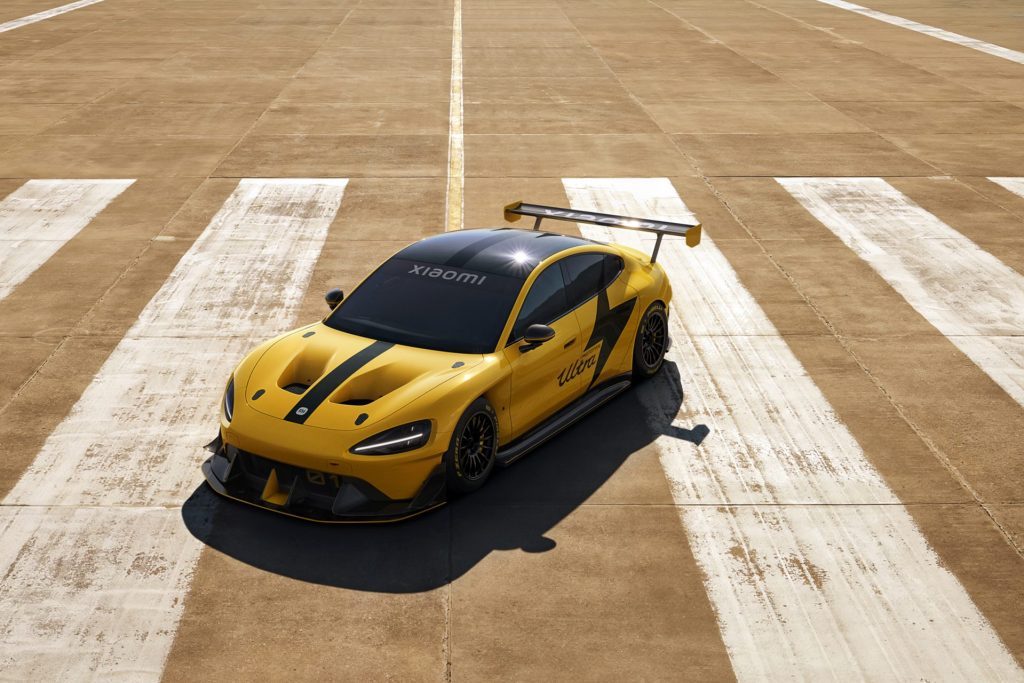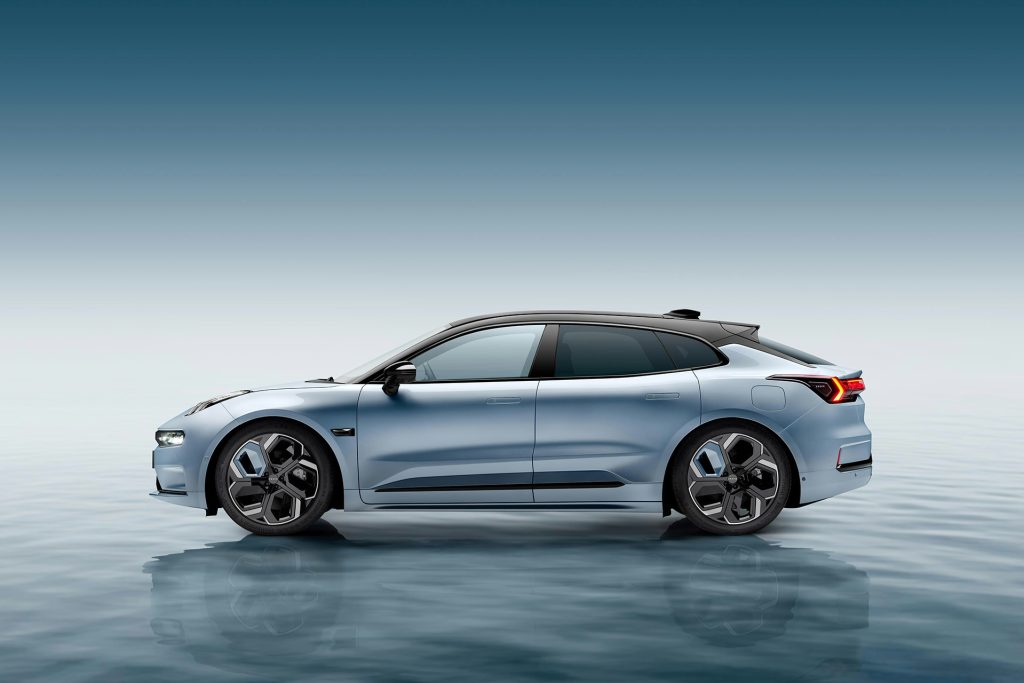China proposes 0–100km/h acceleration cap for hi-po cars
China is considering a world-first regulation that could force high-performance cars—electric and petrol alike—to start up in a restricted acceleration mode, capping 0–100km/h times at no quicker than five seconds unless drivers manually unlock full power.
The draft rule, part of a broader safety overhaul titled Technical Specifications for Power-Driven Vehicles Operating on Roads, would require every passenger vehicle to default into a reduced-performance setting at startup. The proposal states that after each ignition, “the vehicle should be in a state where the 100km/h acceleration time is not less than 5 seconds,” excluding automatic stop-start operation.

While most vehicles already revert to ‘normal’ mode when restarted, China currently has no limitation on how powerful a road car can be. Regulators say the intent isn’t to hobble performance cars but to create a safety buffer by forcing the driver to consciously activate any performance mode that enables sub-five-second acceleration. In practice, it functions like a digital disclaimer acknowledging the risks associated with using full power on public roads.
Read more – Yangwang U9 speed records keep on keeping on
Crucially, the rule wouldn’t require physical modifications. The acceleration cap would be entirely software-controlled, making it easy for manufacturers to implement should the regulation pass.

China is home to some of the world’s quickest EVs, but most of them sell in small numbers. Examples include the Xiaomi SU7 Ultra (0-100km/h in a claimed 1.98 seconds), Zeekr 001 FR (claimed 2.0s), and BYD Yangwang U9 (2.36s claim). But many Chinese EVs can hit 100km/g in under five seconds, even a raft of large seven-seater people movers.
For now, the proposal remains in draft form and may be revised or shelved entirely as Chinese authorities work through a wider restructuring of road-safety regulations. But if introduced, it could reshape how performance vehicles—many of which are arriving in New Zealand—deliver their power, at least on startup.





